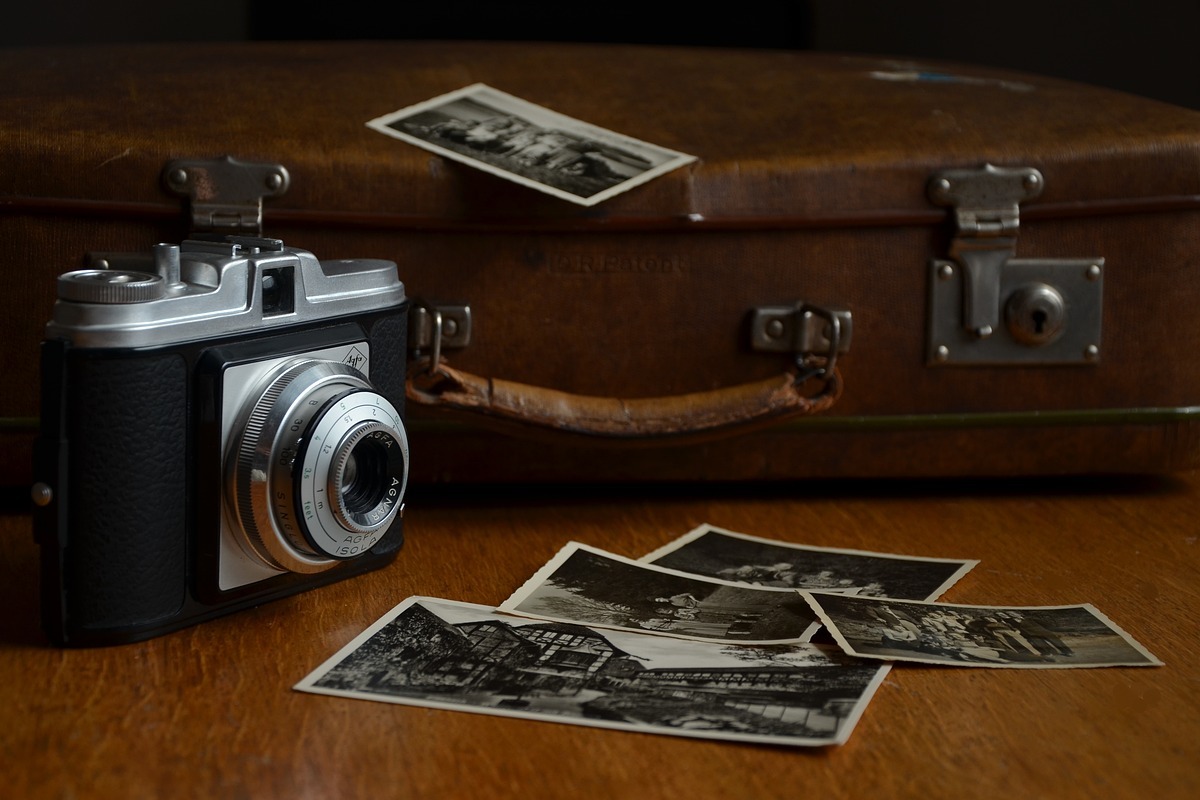From film rolls to digital sensors, photography has come a long way, yet instant cameras hold a special place for those who love tangible memories. In a world dominated by smartphone photography, these cameras offer something unique—the thrill of snapping a picture and watching it develop in real-time. There’s something nostalgic about waiting for an image to appear, a feeling that digital screens can’t replicate.
In a time when almost everything is instant—messages, shopping, entertainment—it’s interesting how a slower, more tactile experience still captures attention. At its core, photography is about preserving a moment, and having a physical print seconds after taking a shot makes the experience all the more personal.
The Evolution of Photography
From early daguerreotypes to digital sensors, photography has always been about making memories last. With every technological leap, how we take and store photos has changed dramatically. Introducing film cameras revolutionized the industry, allowing people to capture moments without needing professional equipment. Then came digital photography, which eliminated the need for film processing. Now, with high-resolution smartphone cameras, nearly everyone carries a capable camera in their pocket.
Despite this evolution, the appeal of an old-school approach remains strong. Many photography enthusiasts and casual users alike appreciate printed photos’ imperfect, sometimes unpredictable nature. While digital pictures can be edited endlessly, a physical print from an instant camera captures a single, unaltered moment—flaws and all.
Why Physical Prints Still Matter
Having a tangible photo feels special in an era where most pictures live on cloud storage or social media feeds. Whether it’s pinned to a wall, tucked inside a scrapbook, or gifted to a friend, printed images become cherished keepsakes.
Instant photography also has a creative element. Unlike digital photography, which offers endless retakes and editing options, using a camera that prints instantly forces photographers to be more intentional with their shots. This limitation often leads to more thoughtful composition and storytelling.
The Resurgence of Analog Trends

The rise of instant photography is part of a broader cultural shift toward analog experiences. Vinyl records, film cameras, typewriters, and even handwritten letters have all come back in recent years. People are rediscovering the joy of physical objects in an age of digital overload.
For many, using an instant camera is more than just taking a picture—it’s about embracing imperfection and enjoying the process. The unpredictability of how the image will turn out, the slightly washed-out colours, and the unique framing add to the charm. Unlike digital perfection, analog photography feels raw and authentic.
Photography as a Social Experience
Another reason for instant prints’ enduring popularity is their role in social interactions. Printed photos encourage in-person connections, unlike digital images that are often shared online. Whether it’s passing around a stack of prints at a gathering or leaving behind a Polaroid at a coffee shop, instant photography creates moments that are meant to be shared physically, not just through screens.
There’s also an element of exclusivity—each print is one-of-a-kind. An instant photo is a singular artifact, making it feel more meaningful. This is why many event photographers and party hosts use instant cameras to create lasting memories for guests.
A Tool for Creativity and Experimentation
Beyond capturing memories, instant cameras are widely used for creative expression. Photographers, artists, and designers incorporate them into projects, using instant prints as mood board elements, journaling materials, or mixed-media artwork. The ability to instantly create something tangible without post-processing makes these cameras appealing to creative minds.
Some even experiment with manipulating instant film, scratching or altering the print as it develops, creating one-of-a-kind images that digital tools can’t replicate. The physical nature of the photos encourages a hands-on approach to creativity, leading to results that feel personal and unique.
Finding Joy in Slowing Down
In a fast-paced world filled with high-speed technology, instant photography reminds us to slow down and appreciate the moment. The anticipation of waiting for a picture to develop adds an element of excitement that’s missing from digital photography. Instead of mindlessly snapping hundreds of photos, users take their time to frame a shot, knowing that each print is limited.
This intentionality extends beyond photography—many people are looking for ways to disconnect from digital distractions and engage in experiences that feel more personal. Whether it’s listening to vinyl, writing in a journal, or using a film camera, analog activities offer a break from constant screen exposure.
The Lasting Appeal of Tangible Memories
Printed pictures stand the test of time in a digital world where images are often forgotten in online galleries or social media feeds.
Instant photography remains relevant for those who appreciate nostalgia, creativity, or simply the joy of capturing a moment in a unique way.



